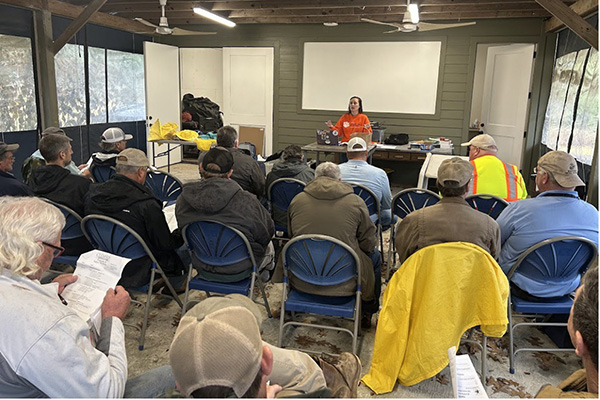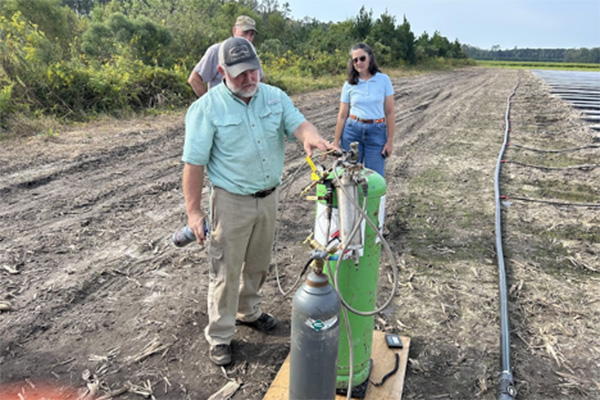Overview
Prepared by:
Justin Ballew, Extension Fruit and Vegetable Research Associate
Zack Snipes, Area Horticulture Agent
Kevin Burkett, Extension Agribusiness Associate
Steve Richards, Extension Agribusiness Associate
Starting a farming operation is as complex as starting any other business. Whether the goal is to produce row crops, specialty crops, or livestock, many prospective farmers have great ideas but may overlook key steps required to successfully implement them. Others may try to do too much too soon and end up burned out, or out of funding, before their ideas have time to fully take shape.
This publication lays out steps that prospective farmers are encouraged to think about and follow throughout the process of starting a new operation and offers tips on achieving success years down the road. Extension agents are available for assistance while moving through these steps, though the ultimate success of the operation depends upon the farmer.



